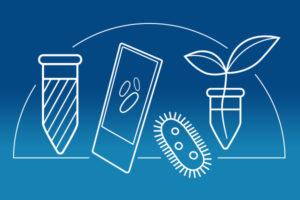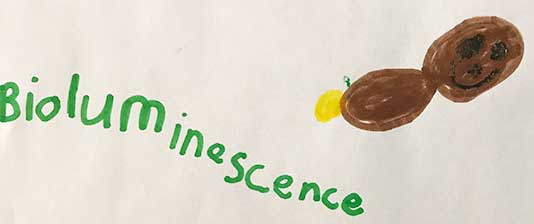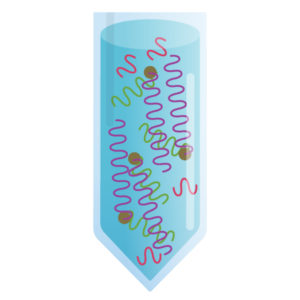As a science writer, much of my day entails reviewing and revising marketing materials and technical literature about complex life science research products. I take for granted the understanding that I, my colleagues and our customers have of how these technologies work. This fact really struck me as I read an article about research to improve provider-patient communication in healthcare settings.
The researchers completed an analysis revealing that patient information materials had an average readability at a high school level, while the average patient reads at a fourth-grade level. These findings inspired the researchers to conduct a study in which they enlisted the help of elementary students to revise the content of the patient literature after giving them a short lesson on the material.
The resulting content did not provide more effective ways to communicate indications, pre- and post-op care, risks or procedures—that wasn’t really the point. Instead, the study underscores the important connection between patient literacy and health outcomes. More specifically, a lack of health literacy is correlated with poor outcomes and increased healthcare costs, prompting action from the US Department of Health & Human Services.
While healthcare information can be complex and full of specific medical terminology, I recognized that a lot of the technical and marketing information we create for our products at Promega has similar features. Wouldn’t it be interesting to find out how descriptions of some of our biggest technologies translate through the eyes and mouths of children?
After enlisting some help from my colleagues, I was able to catch a glimpse of how our complex technologies are understood by the little people in our lives. The parents and I explained a technology and then had our child provide a description or drawing of what they understood.
Continue reading “Biotechnology From the Mouths of Babes” Like this:
Like Loading...

 We can learn a lot about the past and its people from the written records of the time. What people write and how they write it can gives us glimpses into historical events, interpersonal relationships, social standing and even social and cultural norms. From paper to papyrus to clay tablets, the surface that holds the writing can tell us things that the words cannot.
We can learn a lot about the past and its people from the written records of the time. What people write and how they write it can gives us glimpses into historical events, interpersonal relationships, social standing and even social and cultural norms. From paper to papyrus to clay tablets, the surface that holds the writing can tell us things that the words cannot.







